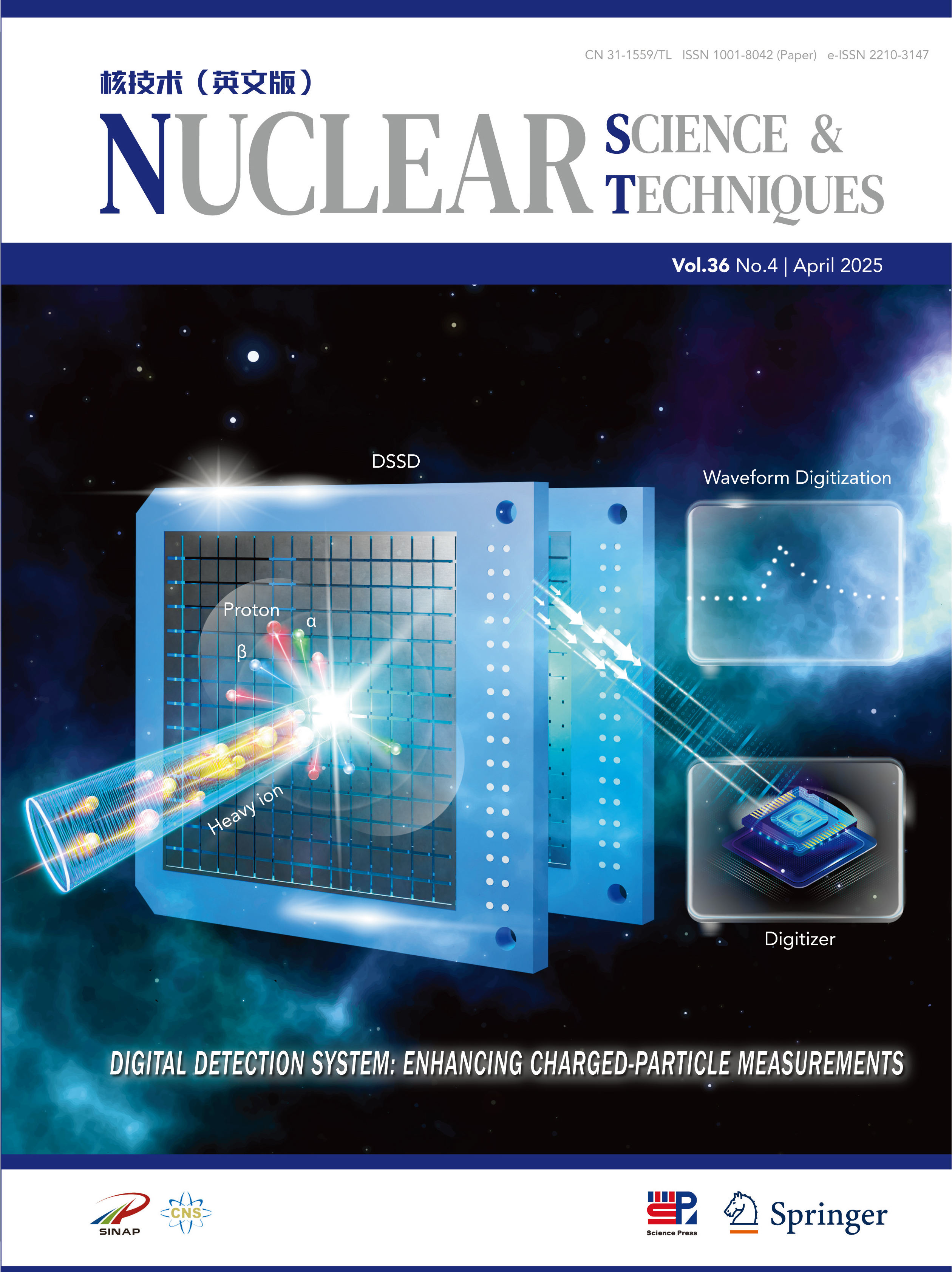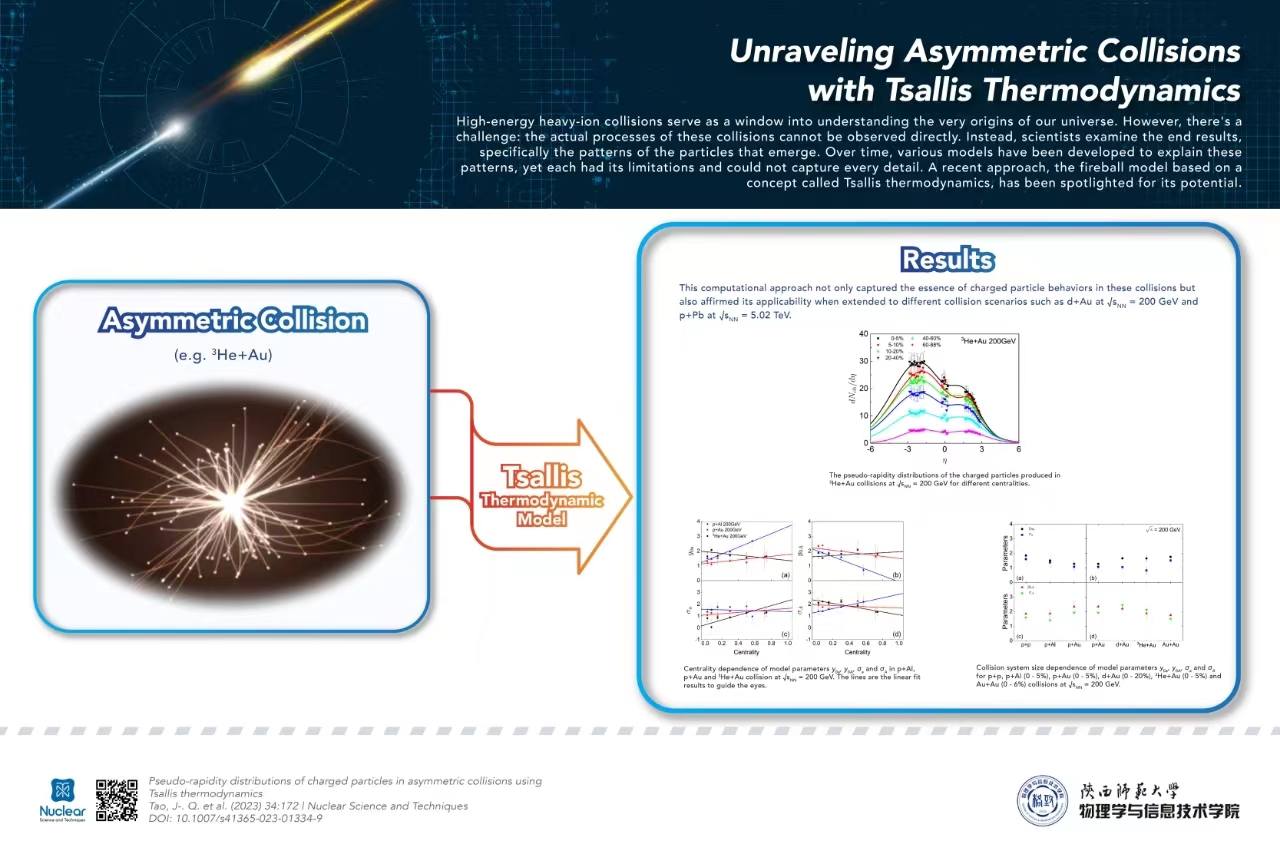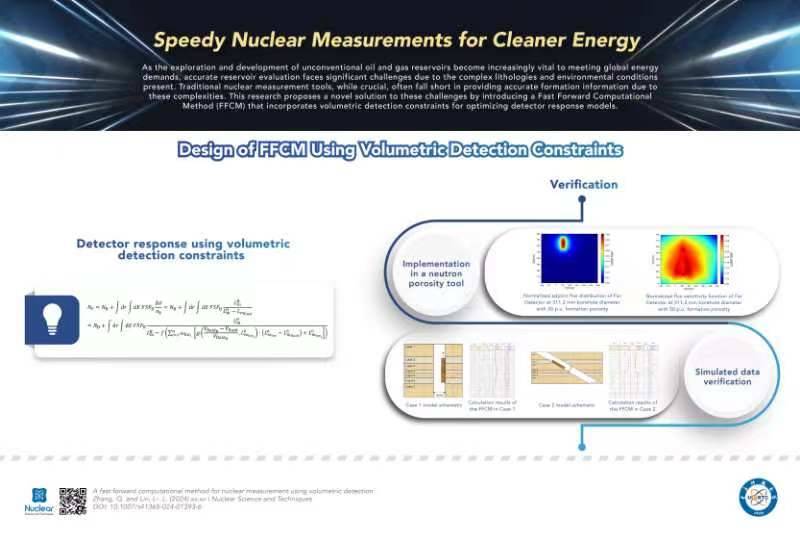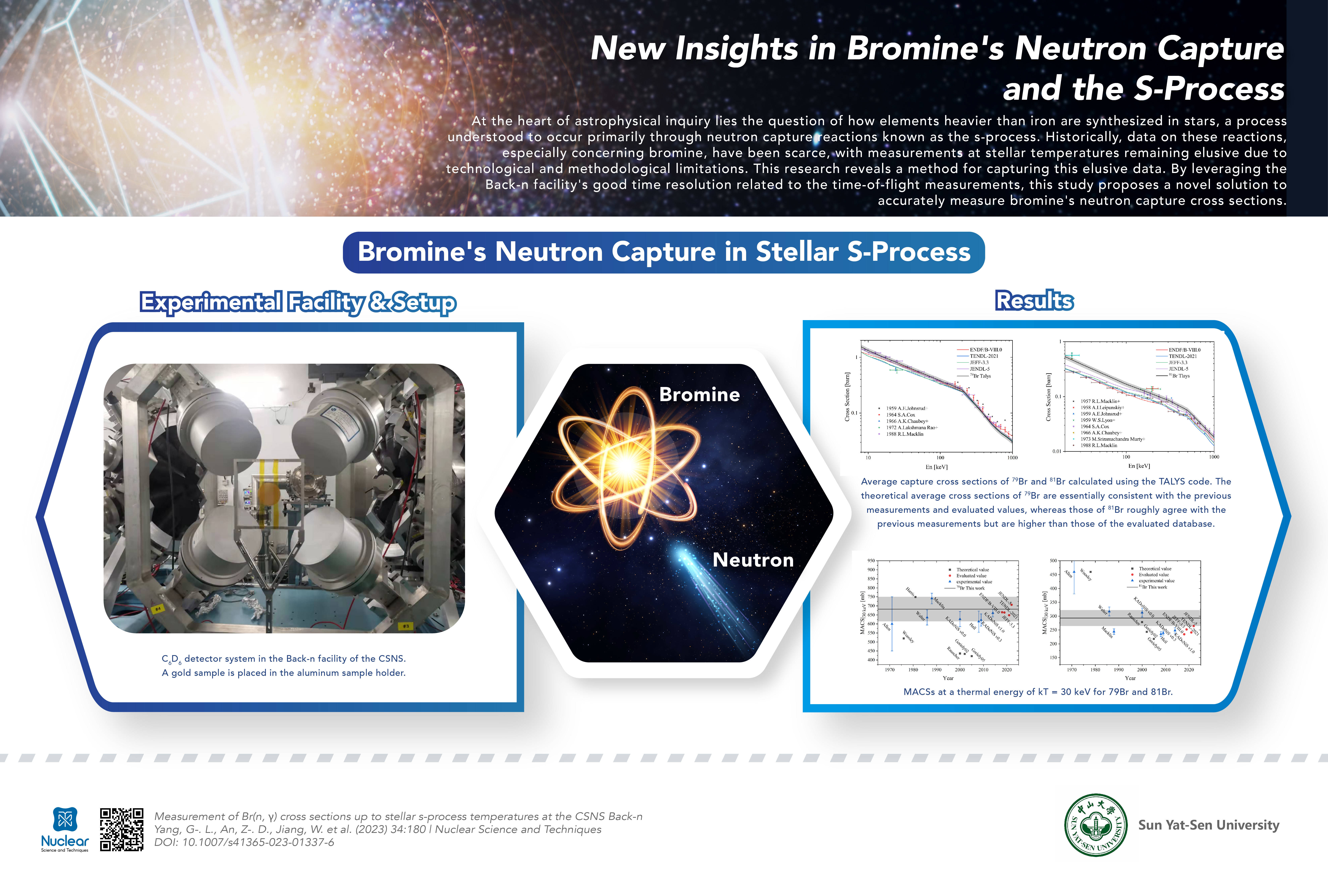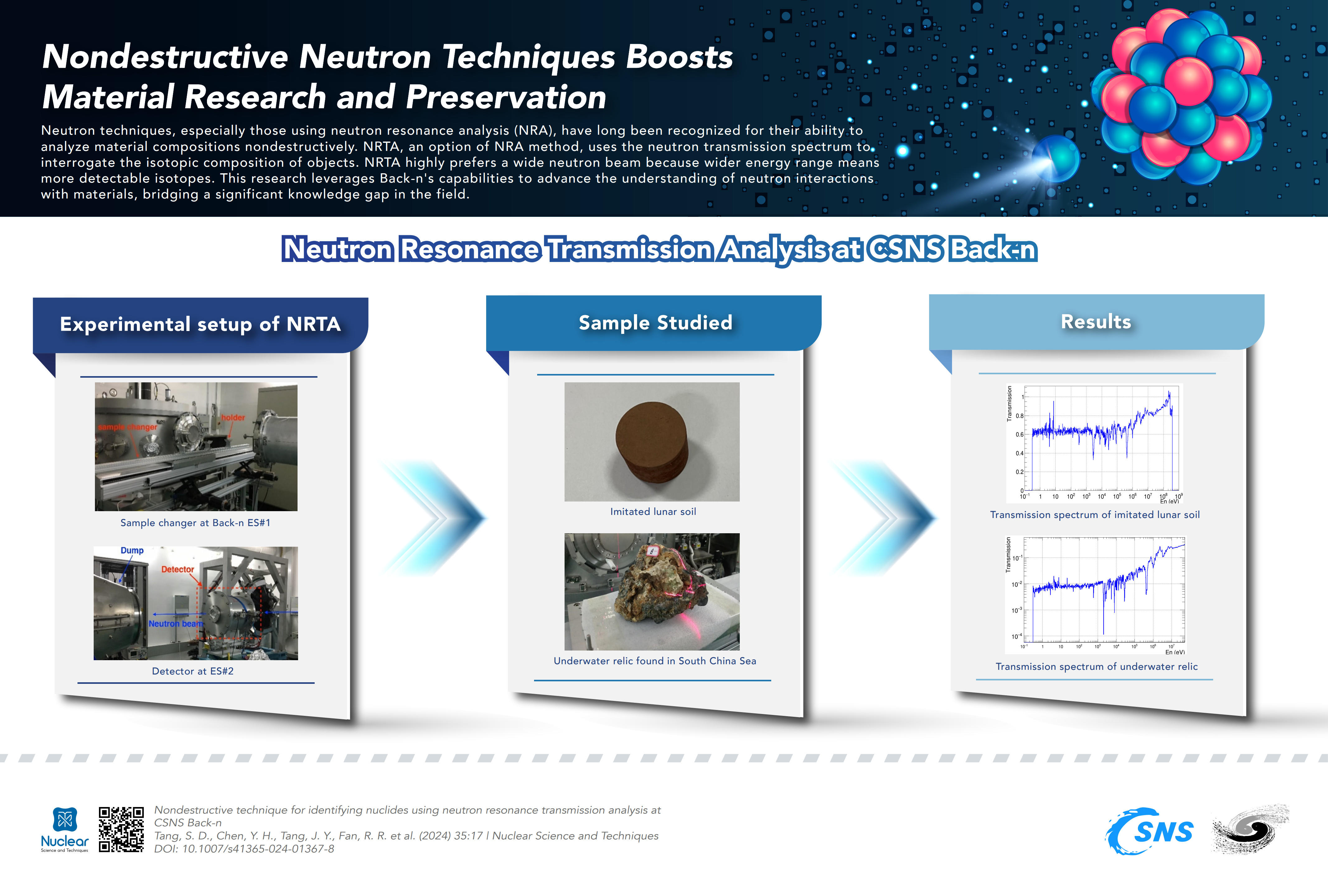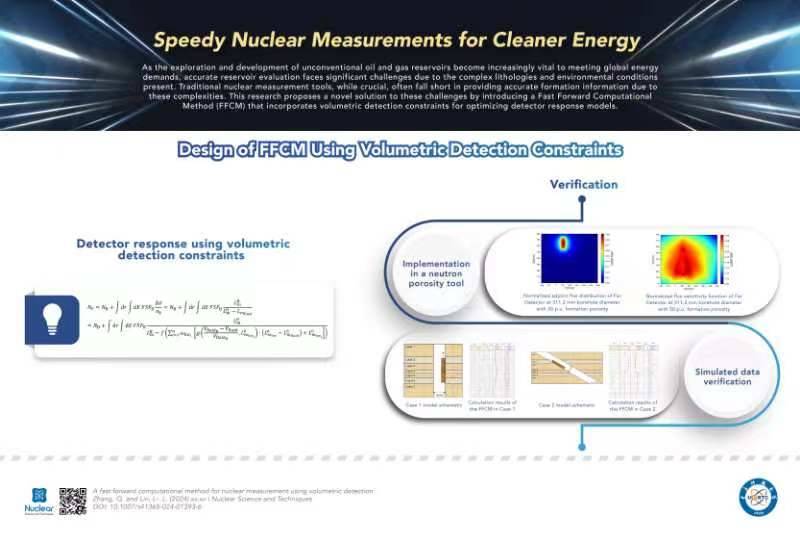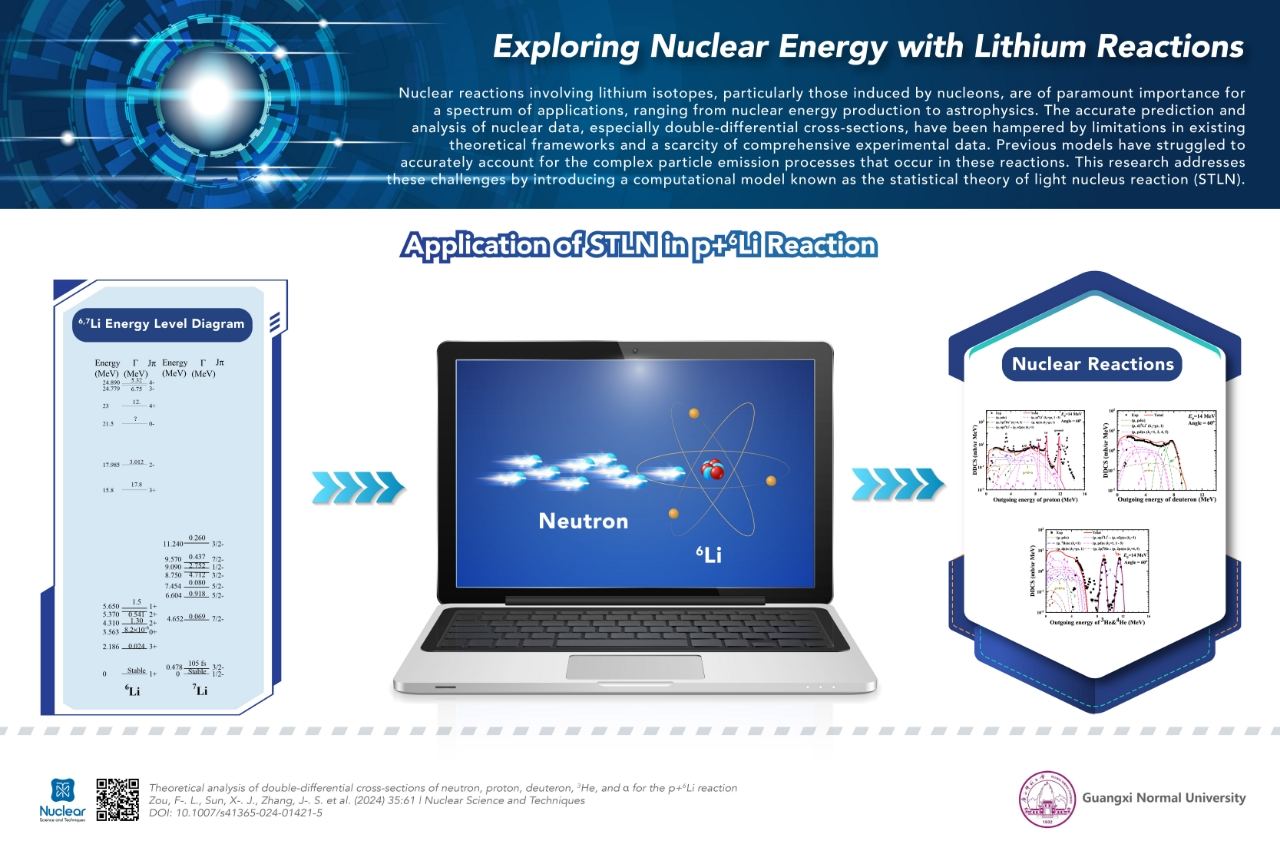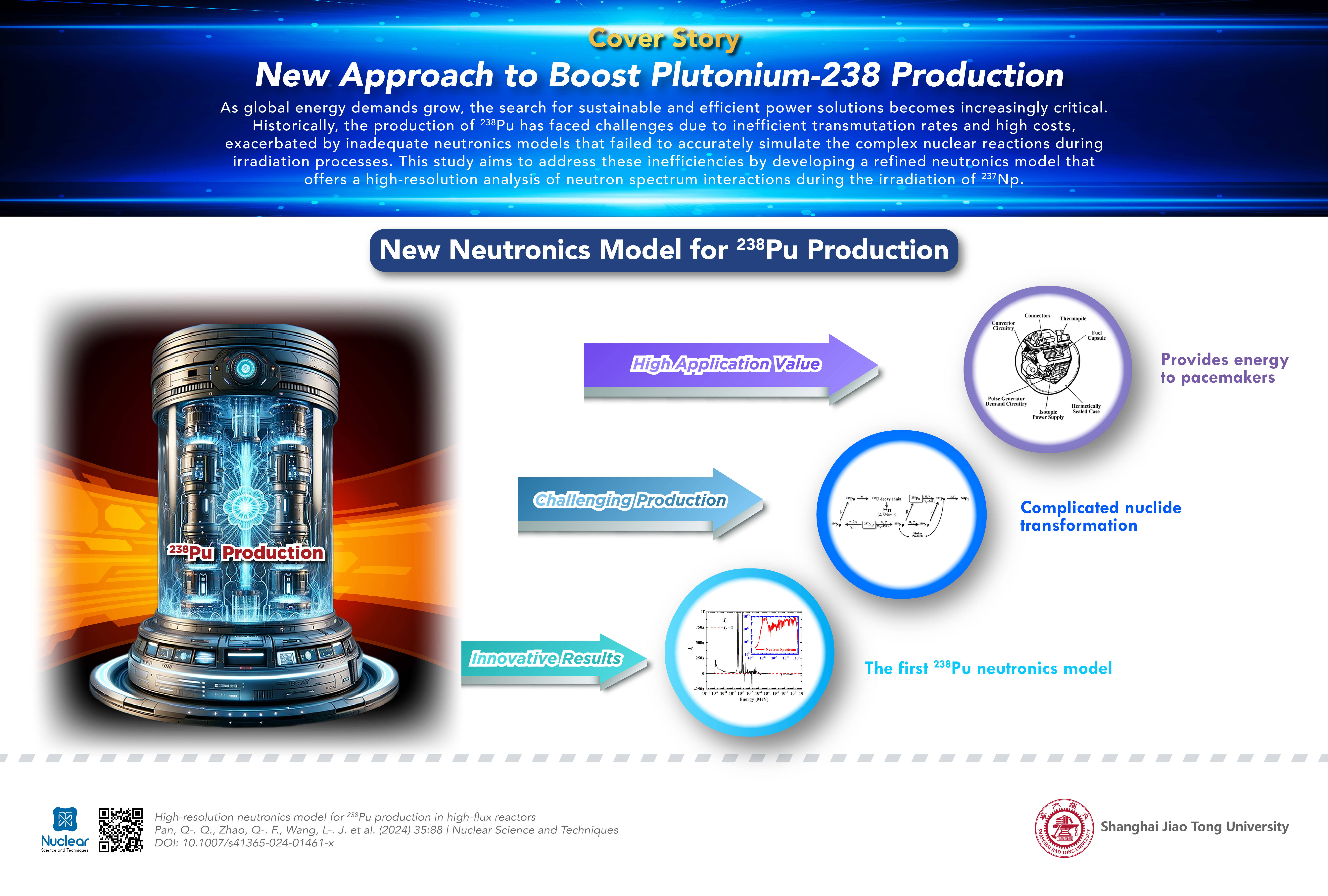Review article22 Feb 2025
Production of exotic hadrons in pp and nuclear collisions
Exotic hadrons, beyond the conventional quark model, have been discovered over the past two decades. Investigating these states can lead to a deeper understanding of the nonperturbative dynamics of the strong interaction. In this review, we focus on the production of exotic hadrons in pp, pp¯, and nuclear collisions. Experimental observations of light and hypernuclei as prototypes of hadronic molecules in heavy-ion collisions are also briefly discussed.
Yu-Gang Ma, Jin-Hui Chen, Feng-Kun Guo, Cheng-Ping Shen, Qi-Ye Shou, Qian Wang, Jia-Jun Wu, Bing-Song Zou


-202504-ok/1001-8042-36-04-001/alternativeImage/1001-8042-36-04-001-F001.jpg)
-202504-ok/1001-8042-36-04-002/alternativeImage/1001-8042-36-04-002-F001.jpg)
-202504-ok/1001-8042-36-04-004/alternativeImage/1001-8042-36-04-004-F001.jpg)
